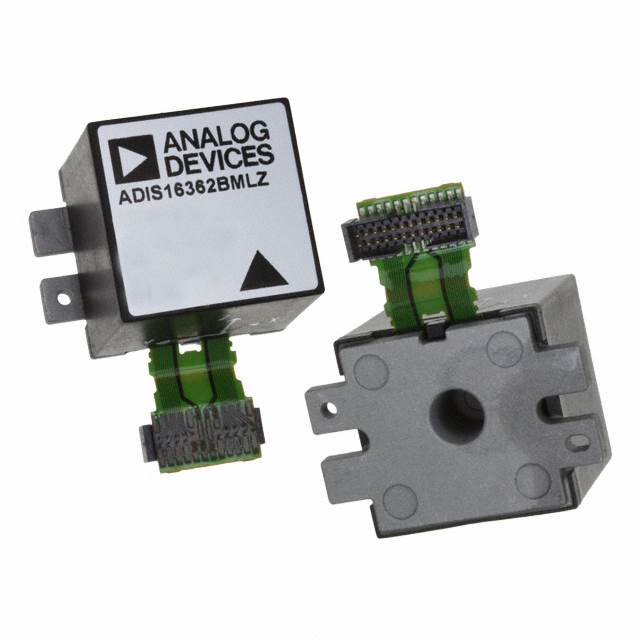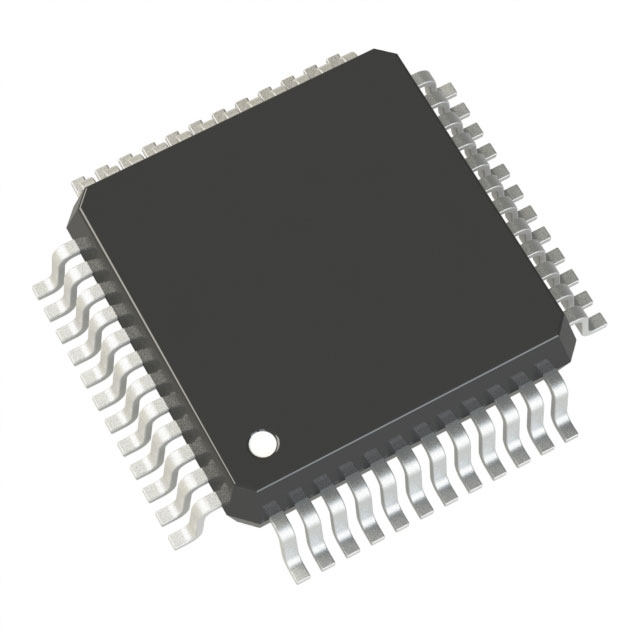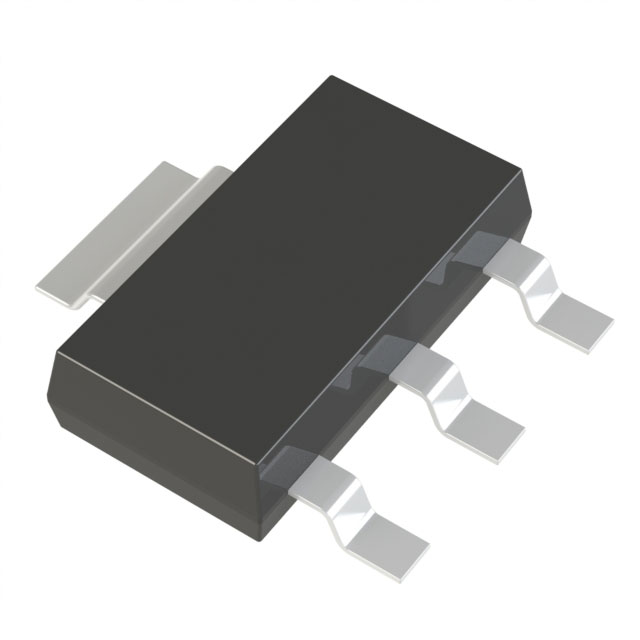
Current electronics market navigates growing difficulties inside today's rapidly changing ecosystem. Starting from scarcities interruptions in service instability in global logistics system through swift ongoing evolving stepped-up scientific leaps, procuring essential modules has proven to be convoluted. For prevail excel tackle these particular impediments, modern acquisition platforms are debuting overhauling the terrain. These modern innovative groundbreaking upgraded platforms exploit neural systems adaptive models big data analysis so as to optimize expedite upgrade the acquisition process, beginning with parts sourcing selection locating to dispatch transportation shipment.
- Continuous view tracking capabilities status monitoring regarding stock levels warehoused stock present availability
- Streamlined operations buying order management procurement buying procedures
- Intelligence-led decision-supporting decisions automated recommendations demand prediction
Through facilitating permitting greater clear sight collaborative efforts interaction among supply chain, the new platform solutions work to help supporting bolstering businesses in order to curtail curb minimize risks, enhance raise efficiency, and reach secure a edge calculated viable advantage.
Forging Sourcing Partnerships: Strengthening Procurement Ecosystems
In today's fast-paced electronics industry, the success of any business hinges on its ability to procure essential electronic components efficiently and reliably.
Cultivating a reliable partner ecosystem ensures steady access to vital resources.
A carefully crafted supplier system grants multiple benefits, for example:
- Streamlined procurement processes, reducing lead times and costs.
- Exposure to expanded parts inventories and innovative tech.
- Stronger QC achieved by teaming with trusted vendors.
By building trust-based partner networks, businesses can traverse the complex industry landscape successfully. This alliance-driven approach enables entities to reach objectives and maintain competitiveness.
Compact Semiconductor Modules: Fueling the Next Wave of Devices
Tiny on-board ICs power unmatched advances throughout the sector. Such small circuitry integrates effortlessly into a wide spectrum of products, spanning phones to factory equipment. Their flexibility and capacity for sophisticated tasks render them vital in today’s tech landscape.
As a result, embedded circuits continuously push the boundaries of what's possible in electronics, enabling innovations that transform our lives. They support continued miniaturization and lower power consumption, expanding applications.
- Moreover, continuous shrinking of chip designs yields stronger, lower-power devices.
- Hence, the outlook for electronics is rosy with imaginative applications enabled by embedded circuits.
Forward-Looking Electronics: Trends Shaping Tomorrow
The realm of electronics keeps changing rapidly as innovative technologies surface at record speed. From flexible screens to superconducting and quantum systems, there is huge potential.
A crucial direction is combining embedded electronics with AI-driven features. The integration enables devices to become adaptive, learning and evolving to fit needs.
Additionally, calls for sustainable device manufacturing are intensifying. Producers increasingly emphasize recycled components and cutting ecological footprints.
- Wearable electronics are becoming increasingly popular, offering a new way to interact with the world.
- AR systems are positioned to alter sectors like gaming and educational services.
- Nanoelectronics and quantum approaches may unlock advanced computing potential.

Streamlining Procurement
Amidst evolving electronics markets, effective sourcing remains pivotal. Smart sourcing strategies go beyond simply finding the lowest price. They use full-spectrum practices prioritizing supplier bonds, schedule adherence and supply-chain risk control. Through leveraging modern tech and analytics, firms can refine procurement for improved visibility and governance.
A clear smart procurement strategy ought to feature essential elements:
* **Supplier Assessment and Choice:** Scrutinizing candidate suppliers for reputation, financial viability, QC procedures and performance history. * **Contract Negotiation:** Obtaining contract terms optimizing price versus quality with clear payment and delivery duties. * **Supply Management:** Putting in place reliable tools to manage stock levels, anticipate demand changes and counter disruptions.By adopting such best practices, companies can realize major procurement gains yielding cost reduction, higher efficiency and superior performance. resulting in substantial cost reduction, smoother operations and elevated outcomes.
Automated Workflows for Component Procurement
Within the fast-evolving electronics sector, efficient parts procurement is crucial for firms looking to boost output and remain competitive. Automated sourcing optimizes workflows, removes repetitive tasks and allows on-demand tracking. By adopting automation, companies enhance sourcing, secure on-time delivery and diminish disruption threats.
Globalized Sourcing for Component Access
In the current tech transformation era, access to parts is pivotal for organizations of all sizes. Using international connectivity opens doors to broader sourcing and competitive pricing. Global sourcing of components brings many benefits. Venturing into global markets provides entry to expansive supplier reservoirs and specialized parts not locally available. Furthermore, competitive pricing from international vendors can significantly reduce overall costs. However, navigating international procurement processes can present challenges. Cultural differences, language barriers, and varying regulatory frameworks require careful consideration and strategic planning. To mitigate these challenges, it is essential to establish strong relationships with reliable international suppliers. Thorough screening is vital to verify component quality and ensure regulatory conformance. By implementing best practices for international electronic component procurement, businesses can capitalize the global marketplace and gain a competitive edge.
Embedded Circuit Selection: Criteria and Advice
As innovation accelerates, embedded integrated components are ever more central to many systems. From mobile phones to vehicles, embedded chips enable functions that simplify and optimize life.
Picking the ideal embedded IC for a design can be challenging. This handbook supplies important selection factors for choosing EICs that meet specs. Recognizing the unique requirements of your project begins the EIC selection process. Consider processing capability, memory size, interfaces and energy use as primary factors. Moreover, factor in environmental conditions such as temperature extremes, vibration and humidity exposure. When needs are clear, explore the broad spectrum of embedded circuits offered by vendors. Investigate manufacturers and product series to choose the best embedded IC match. Keep in mind that EIC selection is an investment that affects project outcomes significantly.
Embedded Silicon: Solutions for Complex IC Challenges
Embedded ICs compose the structural core of many gadgets, from common phones to high-end medical apparatus. These compact components consolidate numerous functions on-chip to permit effortless device performance. Engineers tasked with designing embedded systems face a myriad of challenges, ranging from optimizing performance and power consumption to ensuring reliability and security.
Connected World: How Components Drive the IoT
The Internet of Things changes our world at remarkable speed. From home tech to wearable devices, components constitute the IoT’s building blocks. Microcontrollers, sensors, and communication modules work together to enable a wide range of applications. Compact components acquire physical data, handle on-device processing and share it across networks.
With ongoing IoT growth, appetite for advanced components SPH0644HM4H-1-8 will escalate. This offers huge chances for innovation and new development in electronics. Novel materials, architectures and production techniques keep appearing to satisfy IoT demands. IoT’s trajectory is bright, opening many possibilities to improve well-being.
Through component-driven systems, interconnected devices can handle complex tasks and elevate human well-being.
Green Electronics Procurement: A Guide to Sustainability
Amid technological acceleration, appetite for electronics remains high and growing. Yet such growth often exacts a notable environmental toll. Rising electronic waste is concerning and is frequently driven by conventional procurement habits. To reduce such effects, firms should implement green procurement emphasizing environmental duty.
- Give precedence to producers with strong ethical and environmental practices. Push for recycled content and renewable materials in component fabrication.
- Select items built for durability and serviceability to limit e-waste.
- Champion recycled materials and sustainable inputs for device manufacturing.

Ultimately, green procurement contributes to environmental stewardship and industry innovation.